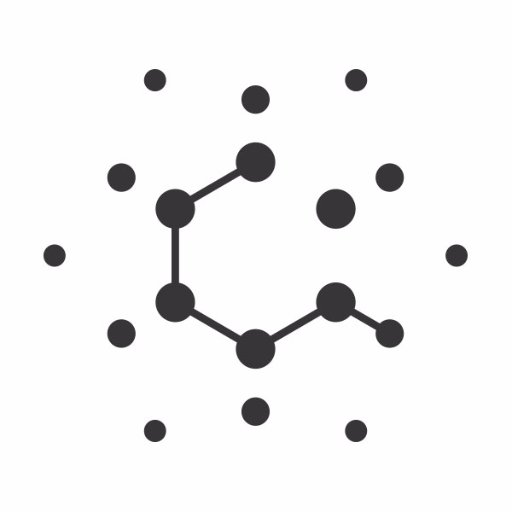
Avik Chaudhuri
@__avik
Followers
1K
Following
2K
Media
96
Statuses
1K
Creator of @flowtype. Hacker on @PyTorch compiler. ML explorer. Rusty PL researcher. Amateur chef. Soccer dad. Blogging at https://t.co/KRv2Q5Adsd
San Francisco Bay Area
Joined March 2014
Episode 1 of a new video series on #PyTorch Compiler topics is now out!. In future episodes I'll be hosting other people on the team to share tips and tricks that help you get the max out of torch.compile, torch.export, and related technologies, while enjoying a glimpse into all.
We're kicking off a new PyTorch Compiler video series 🎬 In the first episode, Avik Chaudhuri discusses a few simple principles that drive the programming model for export & illustrates them via a series of examples. 🔍 Export creates ahead-of-time IR representations of PyTorch.
1
1
9
Episode 6 of the #PyTorch Compiler series (playlist: . In which @Boyuan_Feng tells us all about FlexAttention! What a slick piece of tech. Fun little origin story: most of this work was done as part of a summer intern project at Meta! (@cHHillee was.
FlexAttention is a novel compiler-driven programming model that allows implementing the majority of attention variants in a few lines of idiomatic PyTorch code @Boyuan_Feng & @__avik show how many existing attention variants can be implemented via FlexAttention & that we achieve
0
0
2
RT @leanprover: Incredibly grateful to @TheOfficialACM SIGPLAN for awarding #LeanLang the Programming Languages Software Award 2025 at #PLD….
0
38
0
RT @leanprover: @fede_intern Check out these excellent resources:. - Functional Programming in Lean: - Hitchhiker'….
0
2
0
Can’t think of a better example of how long it can take for a significant piece of technology done really well to truly take off at the right time. I’m not a big fan of “thought leadership.” To me Lean was probably driven less by a grand vision to justify its existence but.
🎂#LeanLang 0.1 was released 11 years ago today! . While it's true that Lean had been in development for almost a year prior (earliest commit July 15, 2013!) the release of Lean 0.1 was a major milestone. The screenshot below is from a June 26th, 2014 snapshot of the
1
0
7
Episode 5 of the #PyTorch Compiler Series (bookmark: . Guards are key to how torch.compile and torch.export guarantee soundness. (In torch.export, we focus on tensor-shape guards, but because torch.compile does not make any assumptions about code, it also.
Inside torch.compile Guards: How They Work, What They Cost, and Ways to Optimize with Animesh Jain and @__avik. Watch the next episode of the PyTorch Compiler Video Series:
0
0
1
RT @lexfridman: Here's my conversation with Terence Tao, one of the greatest mathematicians in history. We talk about the hardest problems….
0
736
0
@3blue1brown would love to get your eyes on this. In any case would love to see a video on this topic!.
0
0
0
How is entropy in #InformationTheory related to entropy in #ThermoDynamics? . In particular, can we prove that information entropy must increase in a simple, purely mathematical model of states and transitions, in a way that provides intuition on the second law of thermodynamics.
1
0
0











